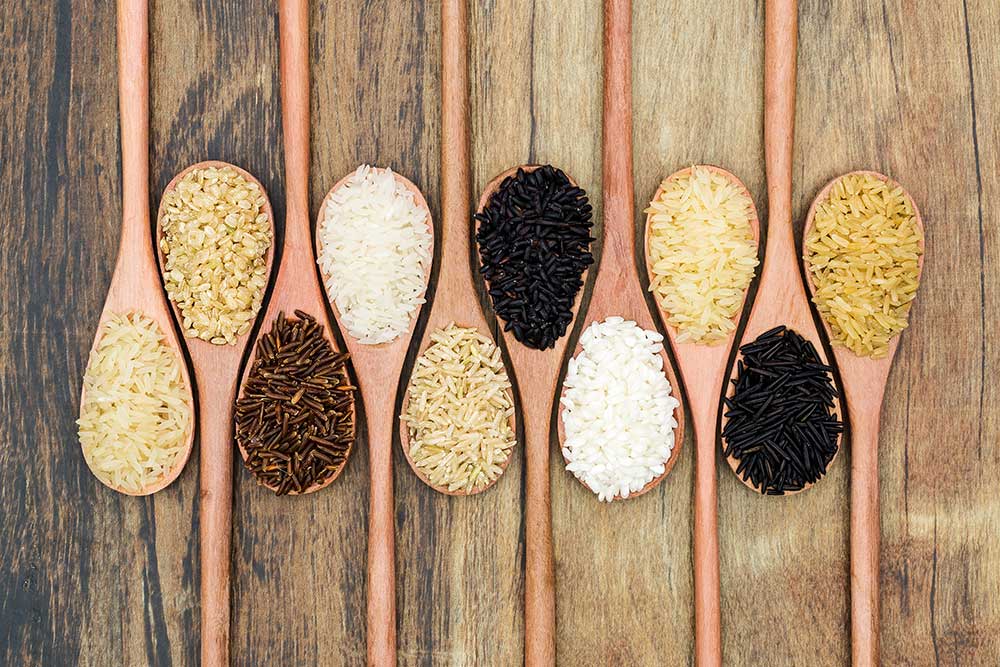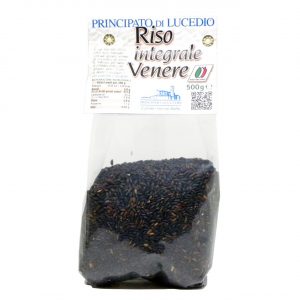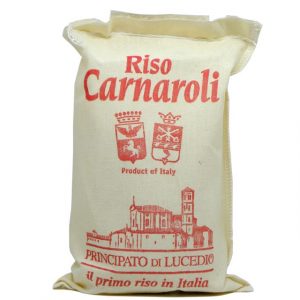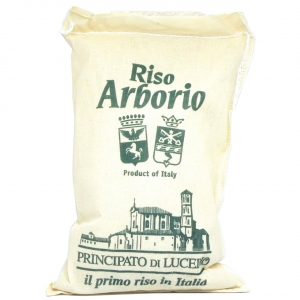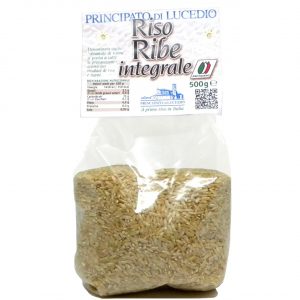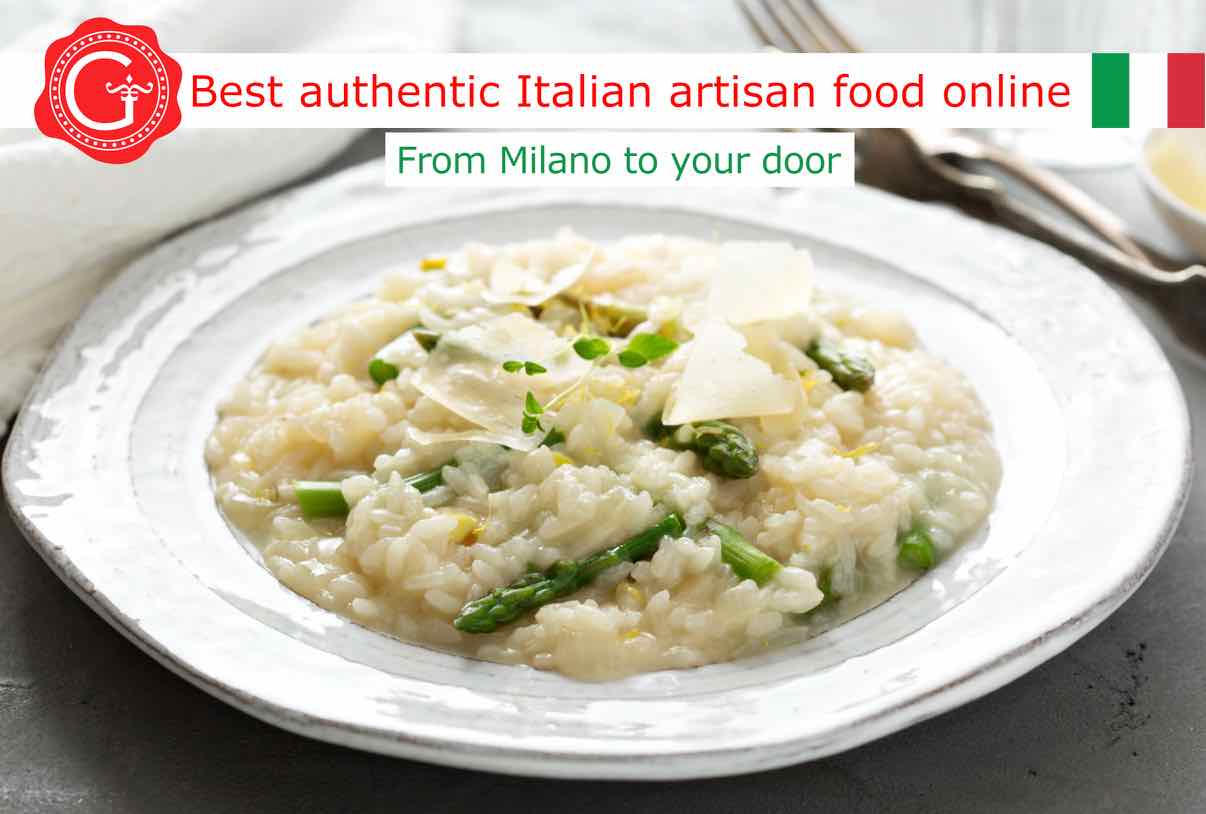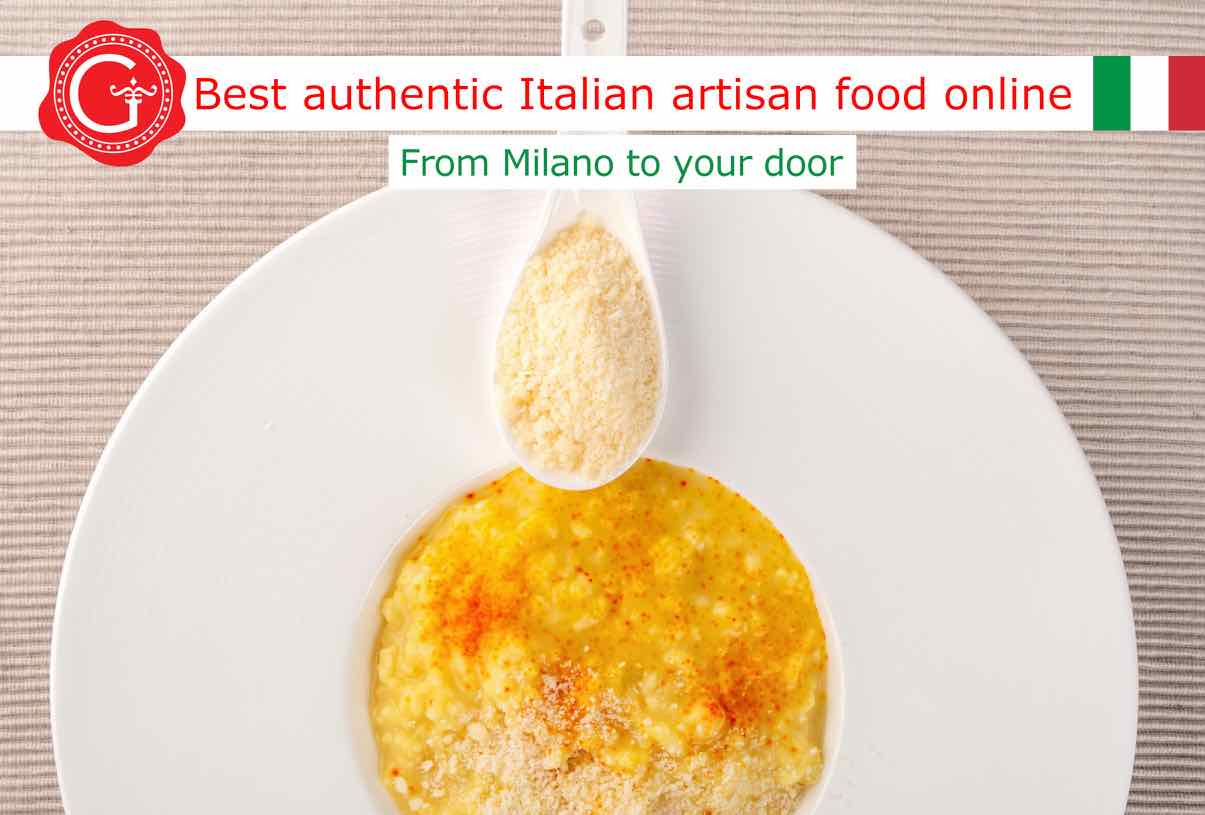Tradition and symbolic meanings associated to the various types of rice
Rice, after wheat, is the most widely consumed cereal in the world; used as a food by around half the world’s population, it represents 20% of the food calories we eat. But rice is also a symbol of a very ancient tradition, rich in meanings. In the East, it is the symbol of life and abundance, but it is also linked with death: in fact, if in some countries, the women offer it to the gods to find a husband, elsewhere, it is believed that no-one must speak about the dead while they are in the rice paddies, so as not to frighten off the “rice spirit". Although rice did not originate in Italy, the growing and culinary tradition linked to this food, in our Country, is so ancient that it co-exists with local traditions that attribute a symbolic value to rice; for example, it is meant to bring prosperity when it is thrown at the bride and bride groom as they come out of the church. So, rice
is also a useful element for understanding more in depth the culture of different populations.
Where did the first types of rice come from?
Rice – the botanical name is Oryza sativa – is the kernel of an herbaceous plant belonging to the graminaceous family in the monocotyledon class. Three subspecies are known and grown, each of which, in turn, has many varieties: Oryza sativa ssp indica, Oryza sativa ssp japonica and Oryza sativa ssp javanica. In Africa, there is also the species called Oryza glaberrima.
In Asia the presence of rice dates back to 4000 – 3000 B.C. It was first grown in the regions located at the foot of the Himalayas; the japonica varieties originated along the Chinese slopes and indica, in the southern areas.
Chinese cuisine is based on rice – already in the time of Marco Polo 54 varieties existed, pink, white and yellow, with various fragrances – while it has been present in Italy “only" for a few centuries; however, in our country too it has become one of the pillars of the culinary tradition. Italy is the largest producer of high quality rice in Europe, and a third of it is eaten nationally, above all in the preparation of first courses. Once imported, the plant underwent several modifications, and the various varieties of rice are used in a different way from eastern cuisine.
How did the various types of rice originate?
In temperate climates, the rice plant grows in a similar way to a semi-aquatic species, and its height can vary from 40 cm to 6 m; during the millennia of growing it has adapted to very diverse environmental conditions. The production cycle of rice growing takes three to six months to come to completion. Thanks to a long process of domestication and improvement of the plant carried out by man, currently around one hundred and forty thousand varieties of rice exist, which can be distinguished by:
- adaptation to different farming and climatic environments;
- technologies which have allowed it to be processed;
- shape and size of the grain;
- qualitative and organoleptic characteristics.
The transfer of exogenous genes to the genome of the plant initially served to obtain varieties resistant to certain weed killers, pathogenic agents, insects and viruses and benefiting growers; after this, the transfer of genes was exploited to improve the nutritional properties for the benefit of the consumer.
Types of rice: what is the grain like?
Taking as reference the size and appearance of the rice grain, on the basis of current legislation in the European Union, we find the following definitions:
- round grain – up to 5.2 mm long, with a length/width ratio lower than 2, cooks quickly and is suitable for preparing desserts and soups;
- medium-sized grain – over 5.2 mm and up to 6 mm long, with a length/width ratio lower than 3, suitable, for example, for making rice croquettes, pies and boiled rice;
- long grain A (includes the well-known Arborio, Baldo, Carnaroli and Rome varieties) – over 6 mm long and with a length/width ratio over 2 and lower than 3, very resistant to cooking and perfect for preparing risottos and garnishes;
- long grain B – over 6 mm long and with a length/width ratio of 3 or over, it is very resistant to cooking and suitable for preparing risottos and garnishes.
Generally speaking, for rice in broth varieties with a smooth, compact grain (usually called “semi-fine") should be used and for risottos “super-fine" varieties must be preferred because they release the starch contained in the grain slowly via a long cooking process and create the typical “cream".
Types of rice: polished and brown
We can distinguish between the two main types of rice by analysing their main characteristics according to nutritional values.
Polished rice:
- compared with other cereals it contains fewer proteins but of a higher quality in terms of organic value;
- it contains essential fatty acids;
- it is a source of water-soluble vitamins PP, B1, B2;
- it has a high content of oligo minerals;
- it has a high content of phosphorous and calcium;
- it has an excellent sodium/potassium ratio;
- it is digested better than other cereals.
Brown rice is arousing great interest from consumers. Compared with polished rice, we find the following characteristics:
- double the content of iron, calcium and phosphorous compared with polished rice;
- higher content of thiamine (vitamin B1), riboflavin (vitamin B2) and niacin (vitamin PP);
- content of vitamin E, almost absent in polished rice;
- double the content of fibres – precious for the health of the intestine, the quantities of which are highly reduced by the whitening process – compared with polished rice;
- higher content of essential fatty acids;
- content of silicon.
Types of rice: the most famous coming from overseas
The most popular exotic rice varieties in Italy are:
- Basmati, which comes from India and Pakistan, characterised by a tapered grain and delicate flavour, suitable for steaming;
- (Black) Venus rice, coming from China, rich in fibres and minerals, is suitable to be used as a simple side dish or with meat and fish;
- Patna, which comes from Thailand, ideal for baking in the oven and for salads, it is considered the eastern rice par excellence.
Sources:
- AIC – Accademia Italiana della Cucina, “Itinerari del riso"
- Slow Food – riso e cereali


